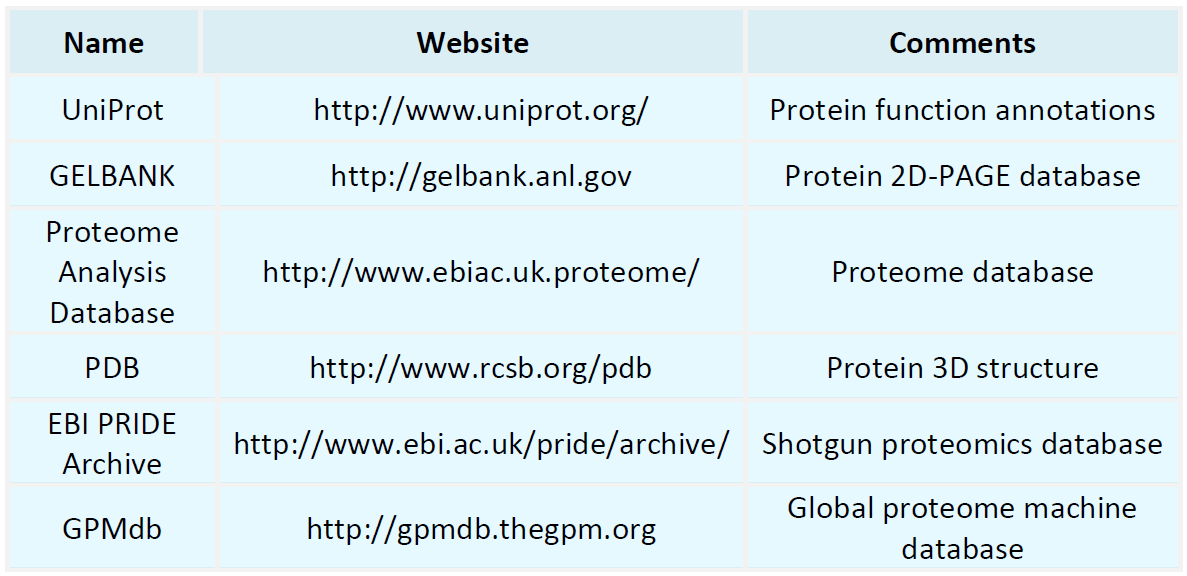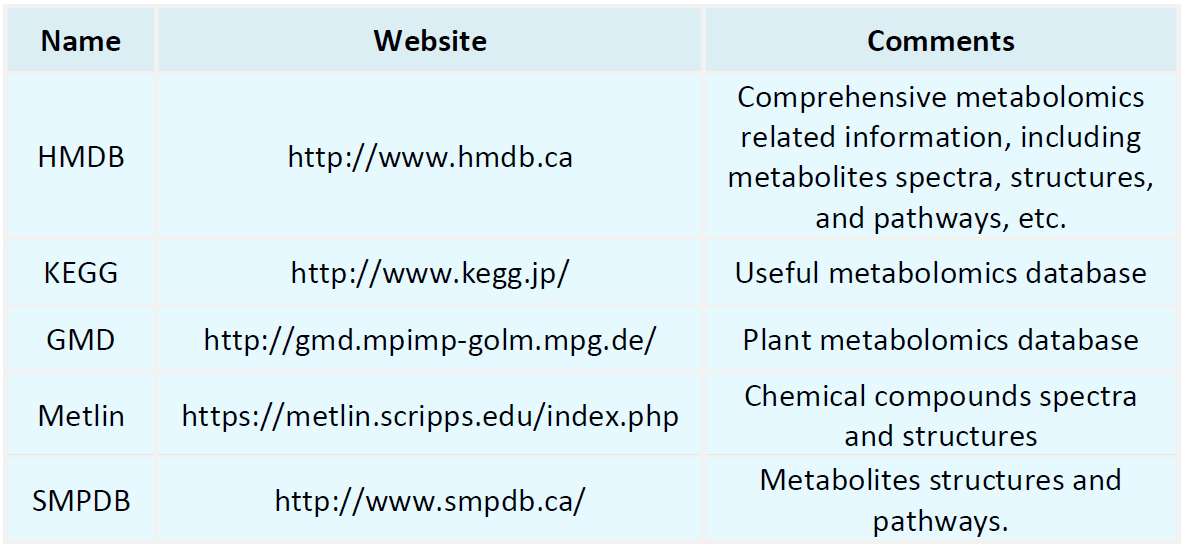Resources
Proteomics Databases

Metabolomics Databases

-
Mass spectrometry (MS) and tandem mass spectrometry (MS/MS) are essential technologies in modern molecular biology and proteomics research, enabling precise identification and quantification of proteins and small molecules. The MS/MS spectrum provides detailed insights into molecular structure by analyzing the mass-to-charge ratios (m/z) of fragment ions generated from selected precursor ions. While interpreting MS/MS spectra requires specialized expertise, grasping some fundamental concepts can ........
-
• Immunoprecipitation Coupled with Tandem Mass Spectrometry
Immunoprecipitation coupled with tandem mass spectrometry (IP-MS/MS) is a powerful analytical technique that integrates immunoprecipitation (IP) and tandem mass spectrometry (MS/MS), enabling the identification of components within protein complexes and the investigation of protein–protein interactions. Due to its high sensitivity and specificity, immunoprecipitation coupled with tandem mass spectrometry has become a widely used strategy in proteomics to explore dynamic cellular processes.
-
• Gel Strip Mass Spectrometry Identification
Gel strip mass spectrometry identification is an analytical technique that integrates gel electrophoresis with mass spectrometry for the separation, identification, and quantification of proteins. The procedure begins with gel electrophoresis (e.g., SDS-PAGE), which separates proteins or other macromolecules based on their molecular weight. Following electrophoretic separation, protein bands are precisely excised from the gel and subjected to a series of preparatory steps, such as enzymatic digestion.
-
• DSS Protein Crosslinking Experiment
The DSS protein crosslinking experiment is a widely used technique for investigating protein-protein interactions and elucidating the spatial architecture of protein complexes. By introducing stable covalent bonds at interaction interfaces, the DSS crosslinker enables the identification of direct contact sites between components within a protein or protein complex, thereby facilitating structural and functional characterization in three dimensions. The DSS protein crosslinking experiment has become an......
-
• Analysis of Phosphorylation Site Map
1. Data Acquisition Phosphorylation site data are obtained from public databases (e.g., UniProt, PhosphoSitePlus) or derived from in-house sequencing efforts. These datasets typically contain protein sequences, the specific positions of phosphorylation sites, and the corresponding phosphorylated residues. 2. Sequence Analysis Protein sequences are analyzed to identify potential phosphorylation sites. The most frequently modified residues are Serine (S), Threonine (T), and Tyrosine (Y). Sequence alignment...
-
• Methods for Detecting Changes in Protein Glycosylation Levels
Protein glycosylation is a critical post-translational modification that influences protein folding, stability, activity, and cell-cell interactions. Changes in protein glycosylation levels can be detected using a variety of methods, each with specific advantages and application contexts. The following are several widely used techniques: 1. Mass Spectrometry (MS) Mass spectrometry, particularly when coupled with liquid chromatography (LC-MS/MS), is a powerful technique for identifying glycosylation sites...
-
Protein PEGylation is a biotechnological approach designed to enhance the pharmacological properties of therapeutic agents. Polyethylene glycol (PEG) is a high-molecular-weight, water-soluble polymer that, when covalently attached to drug molecules—typically proteins or peptides—can substantially alter their physicochemical and pharmacokinetic characteristics. Basic Principles of PEGylation 1. Chemical Structure Polyethylene glycol (PEG) is a linear or branched polymer composed of repeating ethylene........
-
• Why Is Edman Sequencing Still Important? Exploring Its Irreplaceable Applications
In an era where mass spectrometry dominates the field of proteomics, Edman sequencing may appear obsolete. However, this perception does not reflect reality. As a classical and highly accurate method for N-terminal protein sequencing, Edman sequencing continues to play an irreplaceable role in several critical contexts—particularly in protein structure validation, pharmaceutical quality control, and the study of non-model organisms. This article provides an in-depth analysis of the principles and ..........
-
• Low Protein Yield? Microscale Sequencing Solutions for Critical Samples
With the rapid development of single-cell omics, tumor microenvironment studies, and novel protein therapeutics, researchers are increasingly confronted with a specific sequencing challenge: sample quantities are extremely limited—often at nanogram or even picomole levels—while background complexity and low signal-to-noise ratios severely hinder protein full-length sequencing. This limitation is particularly pronounced in contexts such as antibody sequencing, analysis of clinical biopsy fluids, or .........
-
Antibodies serve as core effectors of the immune system and have become increasingly central to disease diagnostics, drug development, and targeted therapeutics. With the rapid expansion of the antibody-based therapeutics market, there is a growing demand for comprehensive structural characterization. This article focuses on the N-terminus and C-terminus of antibody molecules and explores how accurate protein sequencing technologies address key challenges in antibody structure elucidation. What Are the.....
How to order?







